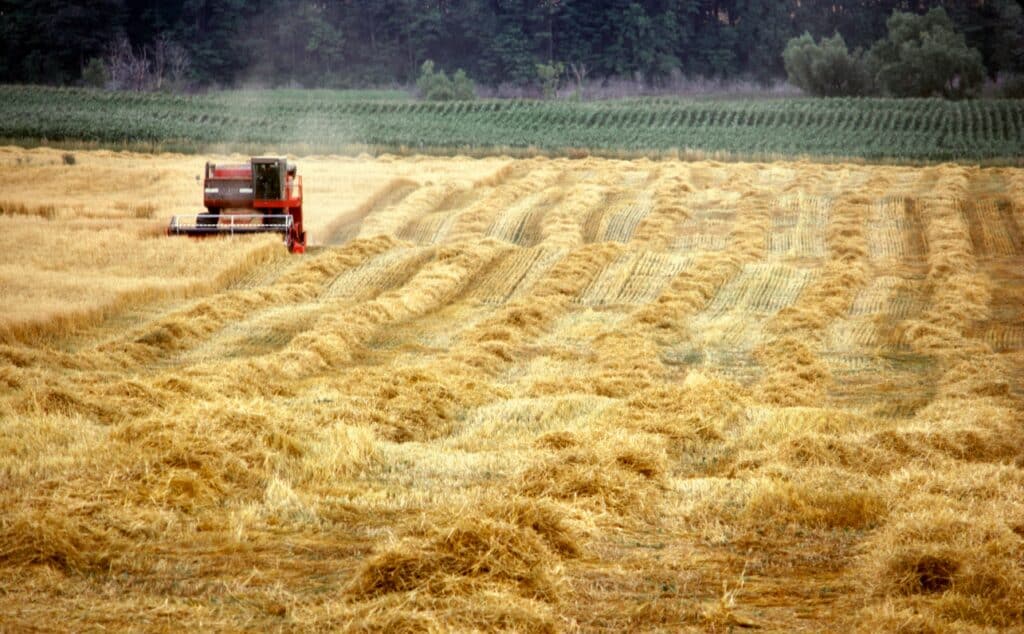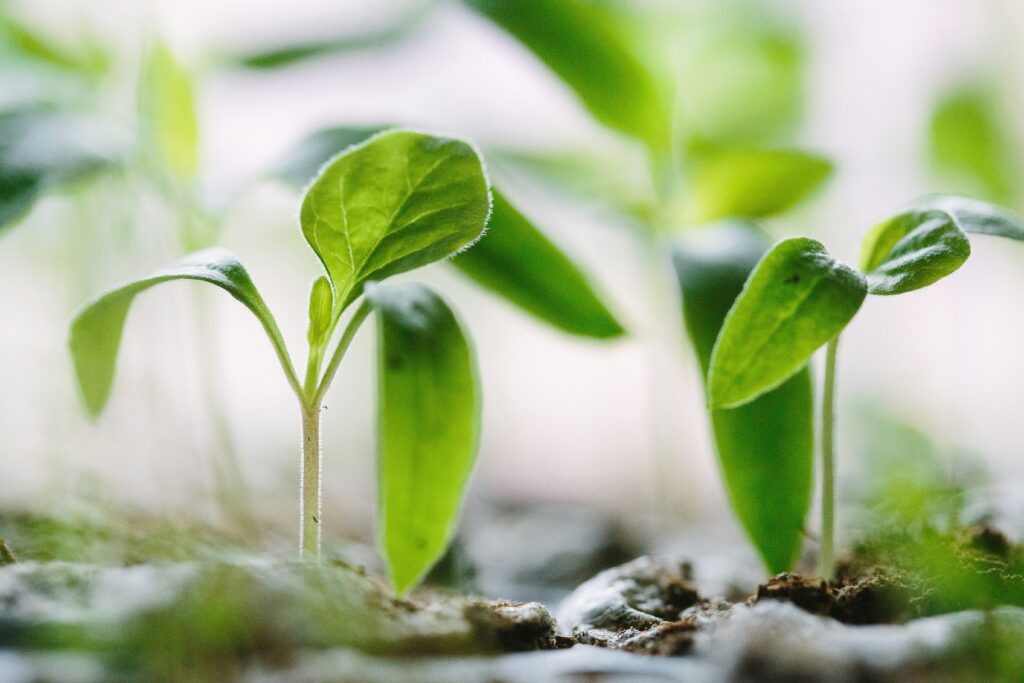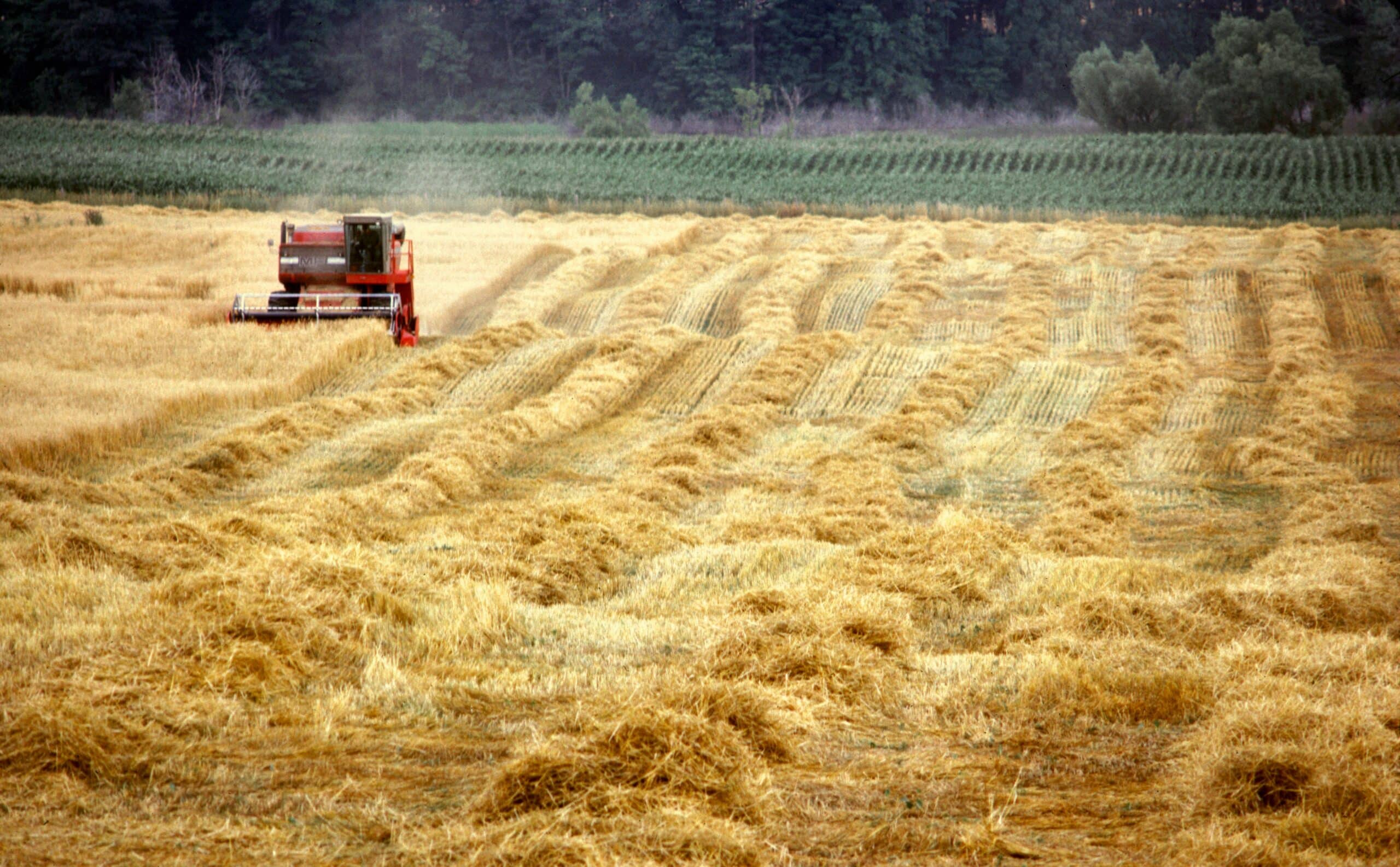Anúncios
But how can you tell if it’s the right time to harvest your compost? In the ensuing content, we unravel the mystery behind the perfect compost and walk you through five unmistakable signs that your compost is ripe for the picking.
Gardening enthusiasts and environmentalists alike will find value in this piece. It’s not just about composting for the sake of reducing waste or creating an organic garden. It’s about understanding the intricate details that go into creating the perfect nutrient-rich compost, and knowing when it’s ready to supercharge your plants.
Anúncios

The ensuing sections will provide an in-depth look at the science behind composting. They’ll shed light on what goes on in your compost bin or pile, from the role of microorganisms to the breakdown of organic matter. This information will equip you with the knowledge you need to manage your compost effectively, and know exactly when it’s ready to use.
Moreover, practical tips and insights will be shared on how to identify the key signs of mature compost. This will empower you to make the best decisions for your garden, ensuring optimal plant health and productivity. So, get ready for a deep dive into the world of composting, and discover how to take your green thumb to the next level. 🌱💪
Anúncios
The Role of Compost in Sustainable Gardening
Compost is more than just decayed organic matter. It is a dynamic, living ecosystem in itself that plays a crucial role in promoting plant vitality, maintaining soil balance, and minimizing environmental impact. As gardeners seek to build more sustainable and resilient systems, the quality and readiness of compost become increasingly important. Using mature compost ensures you are not only feeding your plants but also fortifying the soil biome they depend on.
Mature compost can be described as compost that has undergone complete biological decomposition and stabilization. It is free of pathogens, weed seeds, and harmful toxins and serves as a slow-release fertilizer and soil conditioner.
What Happens During Compost Maturation?
The maturation phase of composting is a distinct period following the intense microbial activity of the thermophilic stage. While the initial stages of composting break down raw materials rapidly, the maturation phase focuses on refining the organic matter into a stable, humus-rich compound.
This phase is slower and less visually dramatic, but it is critical. During maturation:
- Microbial activity slows and stabilizes
- Remaining complex compounds are broken down
- Nutrients are bound into forms that plants can access gradually
- Toxic substances, such as volatile fatty acids or ammonia, are neutralized
This transformation turns raw, active compost into a beneficial soil amendment ready for horticultural use.
Microorganisms Involved in Compost Maturation
Each stage of composting features a different microbial cast. In the maturation stage, mesophilic bacteria, actinomycetes, and fungi dominate. These organisms do not thrive in the high-heat environment of the thermophilic phase but are essential for breaking down lignin and other resistant materials.
Actinomycetes, in particular, play a significant role in maturing compost. These filamentous bacteria decompose tough compounds such as cellulose and chitin, giving the compost its earthy smell. Their presence also improves compost texture and enriches the microbial diversity of the finished product.
The Physical Transformation of Organic Material
One of the most reliable ways to determine compost maturity is through physical observation. As organic material breaks down and stabilizes, several transformations occur:
- Color: The material turns dark brown to black, indicating the presence of humic substances.
- Structure: Compost becomes uniformly fine-textured and crumbly.
- Residue: Recognizable food scraps or plant matter disappear, replaced by uniform humus.
These changes are indicators of decomposition completion and nutrient availability. Immature compost, by contrast, may have a sticky, slimy texture, visible material fragments, or uneven coloration.
Chemical Indicators of Compost Maturity
While physical signs are helpful, gardeners can benefit from understanding the chemical transformations that indicate a compost’s readiness.
- Carbon-to-Nitrogen Ratio (C:N): In mature compost, the C:N ratio typically falls between 10:1 and 15:1. This balance supports plant growth without encouraging excessive microbial competition for nitrogen.
- pH: Mature compost stabilizes at a neutral to slightly alkaline pH (6.5–8.0), making it suitable for a wide range of plants.
- Ammonia Levels: High levels of ammonia indicate that compost is still fresh. In mature compost, ammonia has either volatilized or been converted to stable nitrogen compounds.
- Soluble Salts: Excess salts can be phytotoxic. During maturation, these salts are either leached out or incorporated into stable molecules.
Home gardeners may not test these indicators in a lab, but using simple tools like pH test kits or observing smell and appearance can provide valuable insights.
How Mature Compost Affects Soil Health
Healthy soil is the foundation of successful gardening. Mature compost contributes to soil health in a variety of ways:
- Improves Soil Structure: The humic substances in compost bind soil particles into aggregates, improving porosity and tilth.
- Enhances Water Retention: Compost acts like a sponge, holding moisture in sandy soils and improving drainage in clay soils.
- Increases Cation Exchange Capacity (CEC): Compost enhances the soil’s ability to retain and supply nutrients to plants.
- Buffers Soil pH: Mature compost can moderate acidic or alkaline conditions, supporting plant growth in diverse environments.
Additionally, compost can help remediate contaminated or nutrient-depleted soils, making it an invaluable tool for regenerative gardening practices.
Compost and the Soil Food Web
Beyond chemical properties, mature compost is teeming with beneficial life. Earthworms, nematodes, protozoa, fungi, and bacteria work together in the soil food web, enhancing nutrient cycling and suppressing disease.
When you apply mature compost to your garden, you’re introducing this complex community into your soil. These organisms continue the decomposition process, convert organic matter into plant-accessible forms, and build a resilient soil ecology. In contrast, immature compost may harbor harmful microbes or unbalanced microbial communities that disrupt this web.
Environmental Benefits of Using Mature Compost
The benefits of composting extend far beyond the garden bed. Using mature compost supports sustainable waste management and reduces the burden on landfills.
- Reduces Methane Emissions: When organic waste breaks down anaerobically in landfills, it produces methane. Composting in aerobic conditions prevents this.
- Sequesters Carbon: Compost stabilizes organic carbon and can help offset greenhouse gas emissions.
- Minimizes Runoff: Compost-amended soils are better at retaining water and nutrients, reducing the risk of leaching into waterways.
- Supports Biodiversity: Compost encourages pollinators and other beneficial wildlife by enriching plants and their habitats.
Every bucket of compost used in your garden helps build a more sustainable food system and environment.
Using Compost Safely and Effectively
Even with mature compost, proper application is key. Here are some best practices for using compost in the garden:
- Mix with Existing Soil: Blend compost into the top six inches of garden soil or potting mix to improve fertility and structure.
- Top Dress: Apply compost as a mulch around existing plants to retain moisture and suppress weeds.
- Use Sparingly in Seedlings: While compost is beneficial, it can be too rich for delicate seedlings. Dilute with potting mix or use compost tea instead.
- Avoid Overapplication: Compost is nutrient-dense. Using too much can lead to nutrient runoff or imbalances, especially in containers or raised beds.
Using mature compost wisely ensures your plants reap the full benefits without unintended consequences.
Maturity in Different Composting Systems
Depending on the composting method you use, the time to maturity and signs of readiness may vary:
- Traditional Piles or Bins: These may take three to twelve months to mature, depending on size and turning frequency.
- Tumbler Bins: These can mature faster due to consistent aeration, sometimes in six to eight weeks.
- Vermicomposting: Worm composting produces mature castings in about two to three months, which can be harvested once bedding is fully digested.
- Bokashi: This anaerobic method requires a secondary composting phase in soil after initial fermentation, where the final maturation completes over two to four weeks.
Being familiar with your system helps set realistic expectations for compost readiness.
Visual and Sensory Tools for Monitoring Compost
While lab tests provide precision, most home gardeners rely on their senses. Here’s what to look, feel, and smell for:
- Look: Finished compost is dark, homogeneous, and free of visible food scraps.
- Feel: It should be soft, crumbly, and slightly moist—not sticky or dry.
- Smell: Earthy and neutral; avoid sharp, sour, or ammonia odors.
- Touch: Should not heat up in your hand, indicating microbial calm.
By observing these characteristics regularly, you can confidently determine when your compost is ready for use.
Identifying the Signs of Compost Maturity
Now that we understand why mature compost is vital let’s look at the five signs that indicate your compost is ripe for the picking.
1. Texture and Appearance
Mature compost should have a crumbly texture, similar to that of good garden soil. It should be dark brown in color, indicative of a rich organic matter content.
2. Smell
A pleasant, earthy odor is a strong indication of mature compost. If the compost smells unpleasant or like ammonia, it is likely still in the process of decomposition and not ready for use.
3. Temperature
During the composting process, heat is generated as a byproduct of microbial activity. Once the compost pile cools down to near ambient temperature, it signifies that the composting process is complete.
The Final Indications of Compost Maturity
The last two signs might require a bit more effort to identify but are equally crucial.
4. Plant Growth
One of the most definitive signs of mature compost is the successful growth of plants in it. To test this, you can sow a few seeds directly into the compost and observe their growth. If they germinate successfully and display healthy growth, your compost is likely mature.

5. Worm Activity
The presence of earthworms and other soil-dwelling organisms is another good sign. These organisms play an essential role in further breaking down organic matter and enriching the compost with beneficial microorganisms.
Mistakes to Avoid
While looking for these signs, it’s crucial to avoid a few common mistakes that could hinder the composting process or harm your plants.
Using Unripe Compost
Using compost that isn’t fully mature can be detrimental to your plants as it can rob them of nitrogen, an essential nutrient. It can also introduce harmful pathogens or weed seeds into your garden.
Incorrect Compost Moisture
Keeping the compost pile too wet or too dry can slow down the composting process. The compost pile should have the moisture level of a wrung-out sponge to maintain the ideal environment for microbial activity.
Maximizing the Benefits of Compost
Compost maturity is an important consideration for gardeners. By observing the five signs discussed above, you can ensure that your compost is ready to enrich your garden. Not only will this result in healthier and more robust plants, but it will also contribute to a more sustainable environment by recycling organic waste. So, next time you’re ready to feed your garden, make sure your compost is ripe for the picking!
Conclusion
In conclusion, recognizing the telltale signs that your compost is ripe for the picking is a crucial aspect of maintaining a productive and sustainable garden. As we’ve discussed in this article, look for a dark, rich color and a crumbly texture, akin to that of well-tilled soil. Your compost should have a pleasant, earthy scent, showing that it is devoid of any pungent smells indicating incomplete decomposition. Lastly, make sure your compost has cooled down and is teaming with earthworms – these are clear indications of a ripe, nutrient-rich compost ready to enrich your garden soil.
It’s worth noting that the journey to achieving a fertile compost pile is as significant as the end result. Consistently adding a balanced mix of green and brown materials, turning the pile frequently to expedite decomposition, and ensuring sufficient moisture levels, all contribute to a healthy composting process.
The benefits of composting extend beyond just enriching your garden. It’s a practical way of reducing household waste, promoting biodiversity, and contributing to a healthier planet. So, as you nurture your compost pile, remember that you’re not only fostering growth in your garden but also making a positive impact on the environment. Remember, in composting, as in life, patience and attentiveness yield the richest rewards. Let’s ready, set, and grow our way to greener gardens and a healthier planet.

